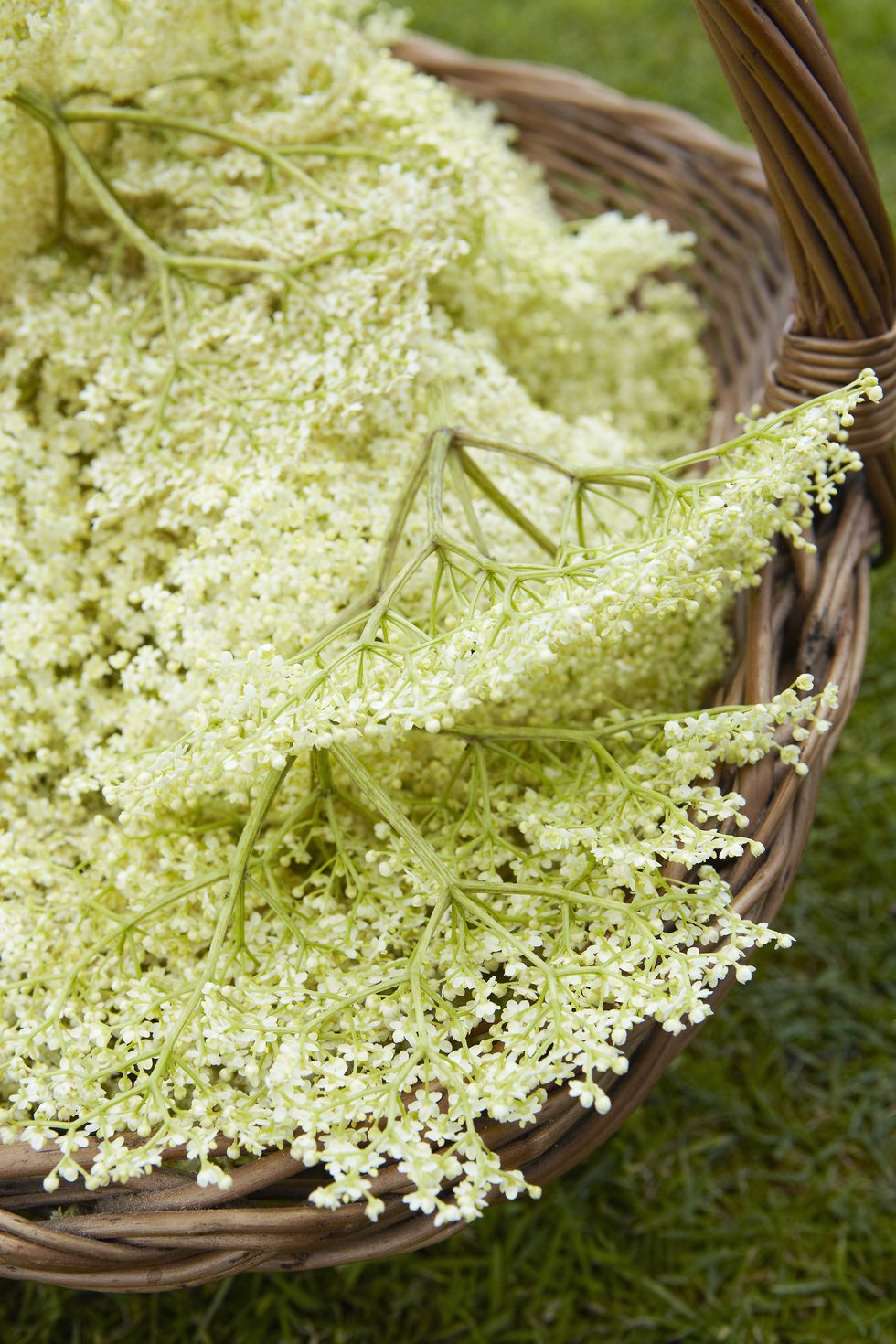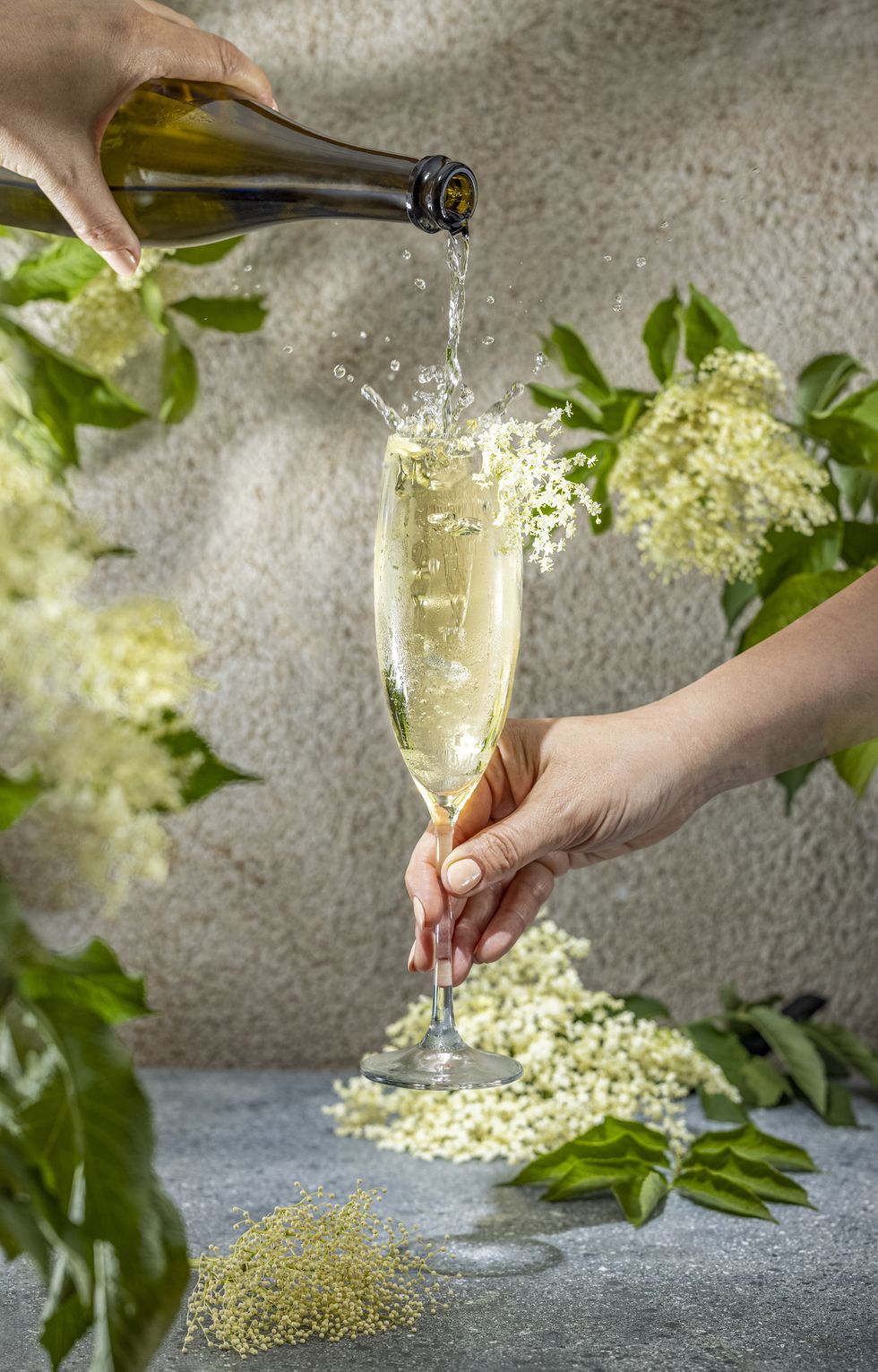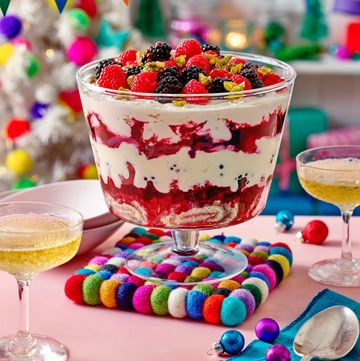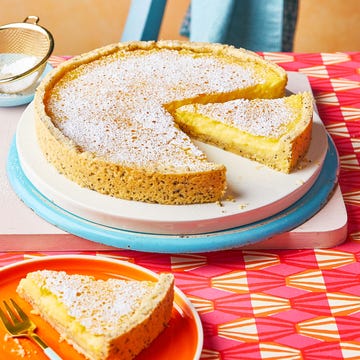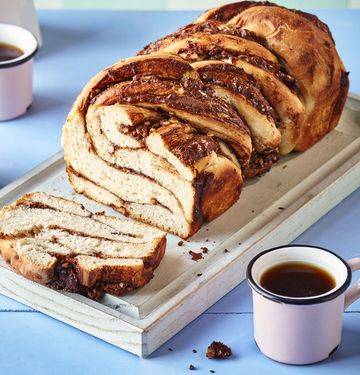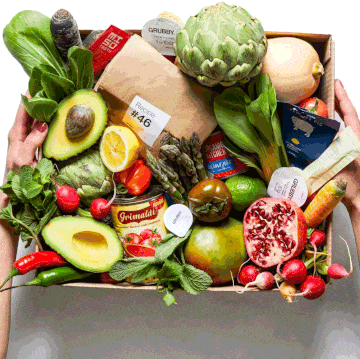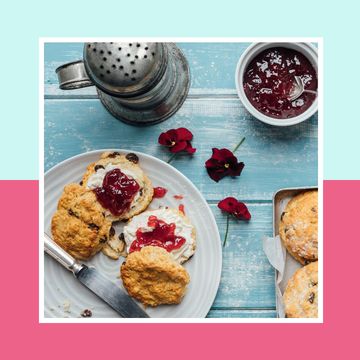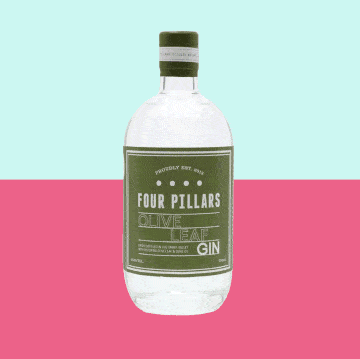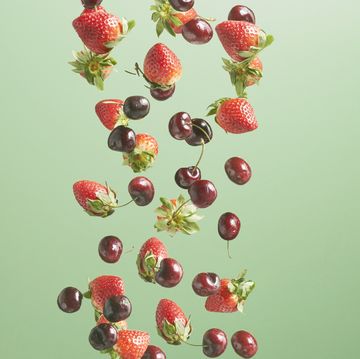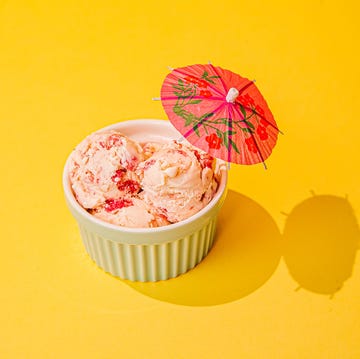There is a lane near my house — it runs along the top of the local allotments — that froths with white at this time of year, and very soon I will be out gathering baskets full of flowers from along it, to take home and turn into sweet and fizzing drinks for summer.
May is a month of green, as the tide of growth that has been held back by the cold leaps up into verdant life, but all of this green is overlaid by masses of tiny white flowers, the white horses tipping the green wave: cow parsley, sweet cicely, hawthorn flower, and the queen of them all, elderflower.
Where to find elderflower
Elderflower rears up out of hedgerows in the depths of the countryside, but is also very common in our gardens and parks, and our allotment lanes. And suddenly at this time of year – though only for a few short weeks – it seems to be everywhere, big, scruffy loose bushes covered in wide, lacy heads of creamy white star-shaped flowers.
Each flower head is like a little umbrella, the green stalks holding up the canopy of flowers to the sun and the pollinating insects. It can be easy to confuse with the many other plants doing similar-looking things at this moment in the year, most particularly cow parsley and sweet cicely.
The main difference is that both of those plants are herbaceous – that is, they grow up from the ground each year – while elderflower grows as a large bush or small tree that loses its leaves in winter but retains its structure.
How to identify elderflower
Despite the similarities between elderflower and other flowers, you can’t really mistake it once you get up close.
The fragrance of the flowers is the scent of early summer: floral with notes of honey and citrus.
It is this scent that translates into the flavour that makes this such a useful plant to forage. Elderflower has little substance, it wont fill you up, or even provide much in the way of nutrients, but it will flavour your summer drinks and desserts with the perfume of this moment in the year.
Keep an eye out for local bushes in the run up to flowering time. You should choose plants that are situated away from main roads, otherwise the flowers can be dusty and polluted. Those planted in parks, on quiet residential streets, or in smaller country lanes are perfect.
Do your research to be sure you have correctly identified elderflower and once you have one in your sights, watch it closely as the flowers develop. The flowering heads will at first be covered in tight green flower buds. These will gradually soften to white, and little by little the star-shaped flowers will begin to burst forth.
It is the moment that most of these flowers, not quite all, have opened that is ideal for picking.
The flowers then are at their freshest and most fragrant.
How to gather elderflowers
Much of the sweetness of this lovely flavour is held in the nectar of the flowers, and for this reason you really want to pick early in the day, before the bees and the butterflies have visited and taken their fill. Take a basket or a bag and a pair of secateurs and cut your flower heads, then take them home to use immediately, before that elusive scent dissipates.
How to use elderflower
Now comes the issue of how to transfer this delicate flavour to your food or drinks. In the most part the best method is infusion (such as a cordial), and this is certainly the case for the most famous of elderflower recipes - elderflower Champagne, which makes use of the wild yeasts that are found on elderflowers.
Elderflower Champagne Recipe
- 650g caster sugar
- 2 tablespoons white wine vinegar
- 4 lemons
- 15 heads of elderflower
- 5g Champagne yeast, see tip
- In a sterile bucket pour 2 litres of boiling water over the sugar and stir until it has dissolved.
- Add 2 litres of cold water with the vinegar, the juice and skins of the lemons and the elderflower and leave to steep, covered with a tea towel for six days.
- Sieve everything through a muslin cloth, into another sterilised bucket and allow the sediment to settle, and then siphon the liquid into plastic screw-top bottles or glass swing-top-stopper bottles.
- After a week it is ready but it can be left to mature for longer, but once a week you must make sure to release the pressure that builds up in the bottle, or you will have a very sweet smelling but very sticky explosion.
TIP - The elderflower’s natural yeasts are often enough to create the fizz in elderflower champagne, but if you haven’t seen any froth on the surface after three days it is a good idea to add 5g of champagne yeast, which you can buy from online homebrew shops.
You can also infuse elderflower in warm milk as the base for summery scented custards or ice creams, or dip whole heads into batter and deep fry then rain over icing sugar to make crunchy sweet snacks.
Whatever you choose to do with it, make sure not to miss its oh-so-brief moment. Don’t let this wild harvest of flavour pass without harnessing some of its perfumed summery sweetness for yourself.


